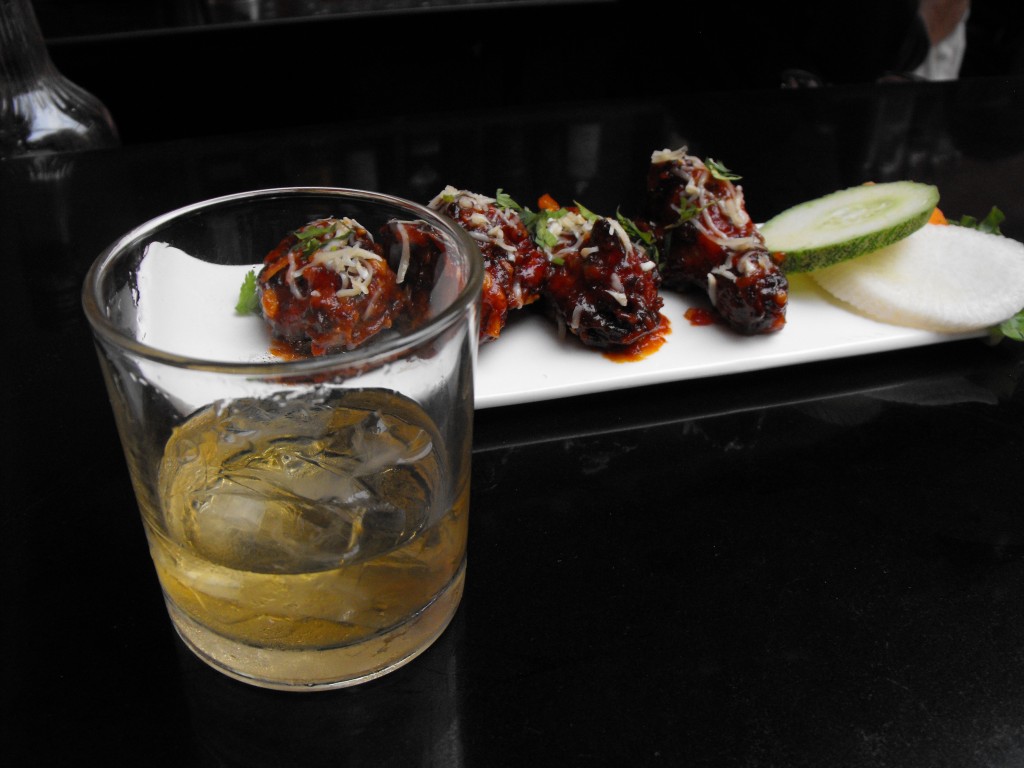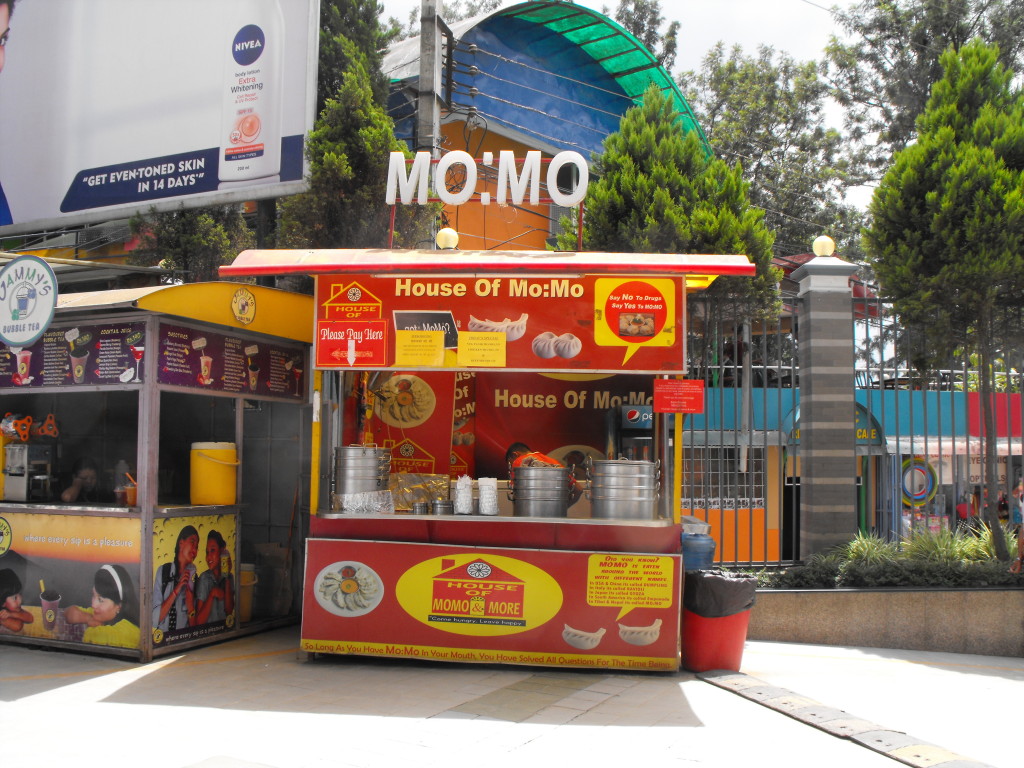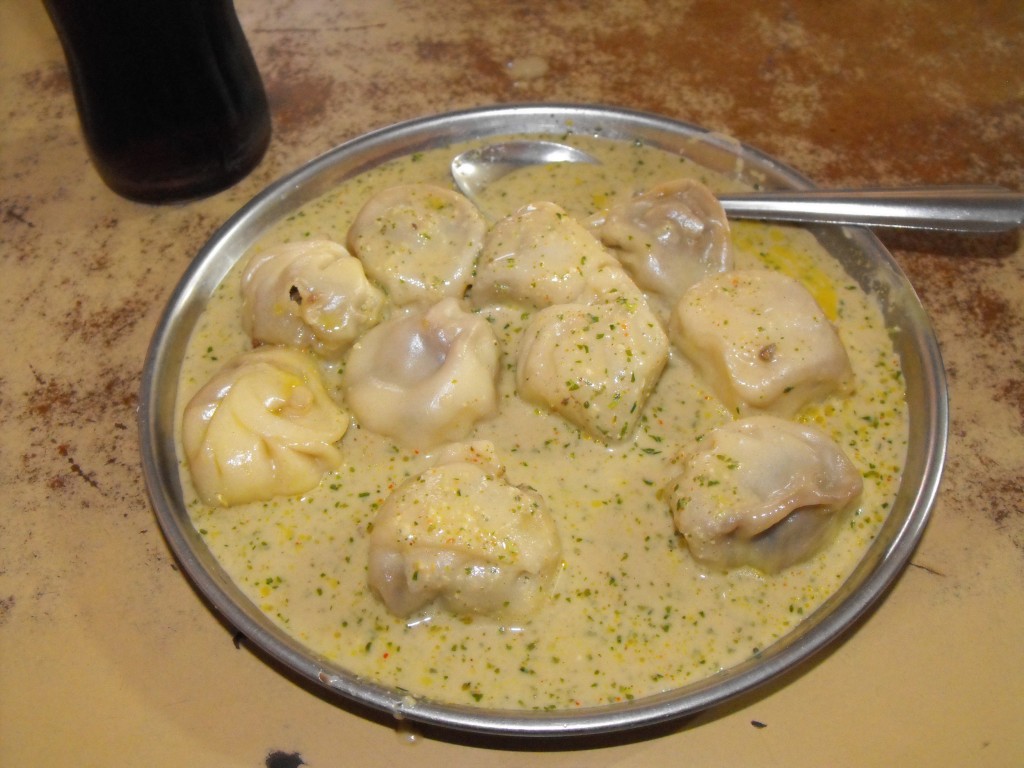
I imagine that for many of you who read this, it’s hard to imagine living in a country that is almost completely dependent upon its neighbours for most basic necessities. But that’s Nepal — landlocked, we share borders with only India and China, and that northern border is pretty much the Himalayas, with only one narrow road in. So, much of what we need–and all fuel/petroleum products–come in through the Terai, from India. When the new constitution–years in the making–was finally ratified over a month ago now, it triggered protests in the south and a near complete border closure from India. We kept thinking that things had to get better, any minute now, but they haven’t; they’ve only gotten worse. Gas bottles, petrol, diesel, kerosene–none of this is available to buy, unless you are one of those who can afford to pay the black market prices, which friends tell me run at 5-10 times the normal rate. And of course, the people that suffer the most are the poor, particularly those who have been affected by the earthquake. Any appliances that can be used for electric cooking are flying off the shelves, and even here in Kathmandu I see people cooking on the sidewalk using firewood.
By comparison, I’ve been fortunate, so far just inconvenienced and not suffering, as so many are. I’m pretty used to short-term shortages, so I always keep a little bit of petrol saved for my scooter, but as I want to keep that for emergencies, I just bought a cheap bicycle (possibly too cheap, it already rattles 🙂 ) and, looking on the bright side, it’s helping me get some exercise. I’m not sure how much cooking gas is left in the my cylinder, and my spare is empty, as I changed it right when the shortage first began last month and have been unable to refill it since. But I do have an old but trusty little electric oven and a kettle, and I’m experimenting with how much I can do without having to turn on a gas burner. When I go out, if a restaurant is open, I eat there — the new logic of “eat out, save your gas” overriding the former logic of “eat at home, save money.” And besides, I figure they could use the business. But every day, more and more businesses of all sorts are staying closed when they can’t find the supplies to stay open. And now shops are starting to run out of certain things, too, because the vehicles that usually supply them don’t have petrol to move around, either.
Winter Is Coming, and that means the ubiquitous long power cuts that will rule out the oven and kettle, and no kerosene for heating. I haven’t wanted to write about this, because I feel like there’s been so much bad news out of Nepal lately that I hate to add to it.
As always, I am amazed by the cheerfulness and resilience of those around me. But they deserve better, and I can only hope the end is in sight.
And here’s a picture of a baby goat I saw the other day when visiting a friend, because it’s adorable and makes me smile.













